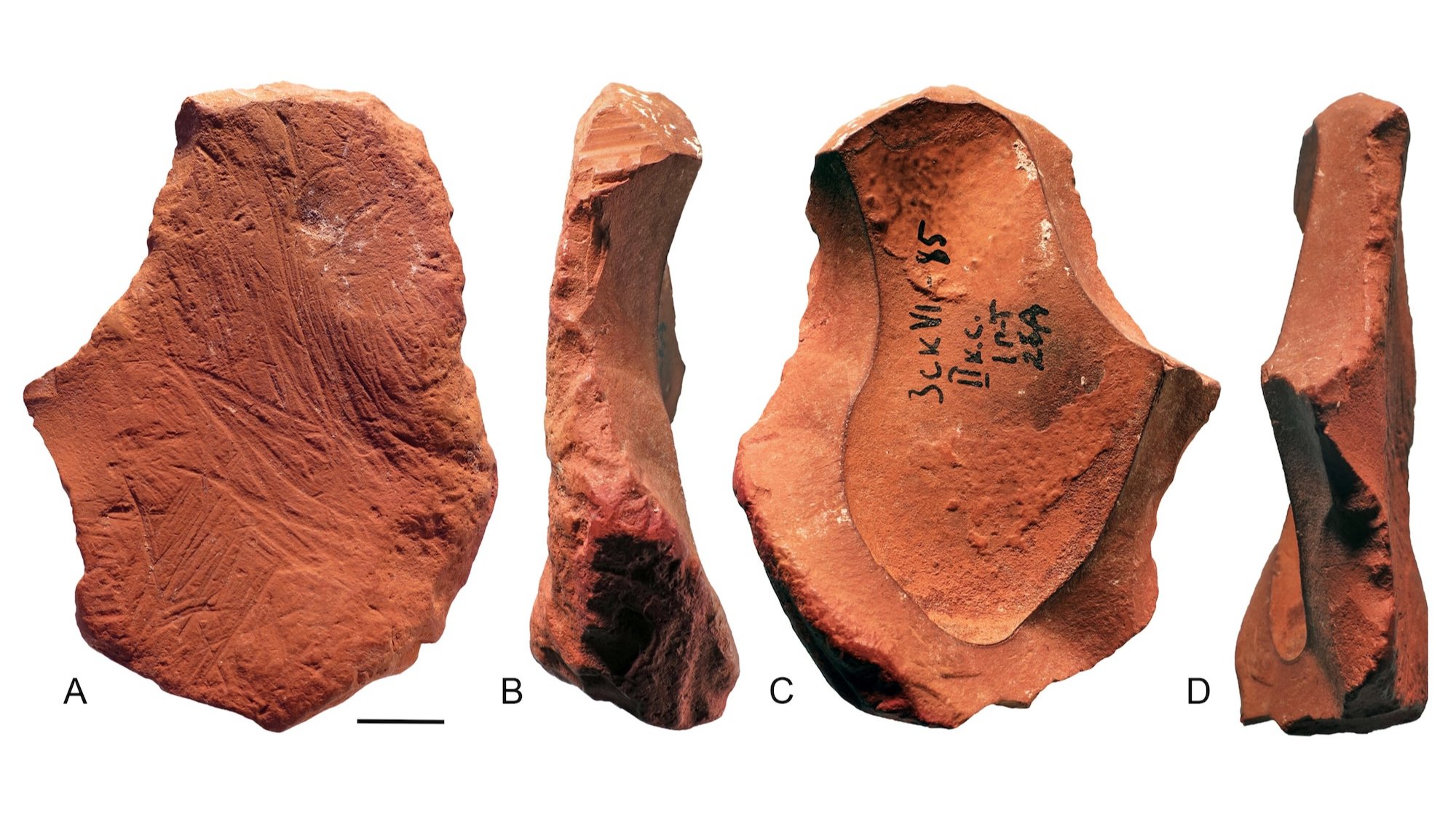New research has revealed that Neanderthals demonstrated artistic capabilities previously unrecognized. A study led by Francesco d’Errico, a paleoarchaeologist at University of Bordeaux, found evidence that these ancient hominins used ochre for creative purposes, similar to behaviors observed in early modern humans. The findings, published in the journal Science Advances, suggest that Neanderthals were not simply primitive beings but possessed a level of creativity that parallels that of contemporary Homo sapiens.
The research team explored multiple sites across Crimea and Ukraine, known for their rich deposits of Neanderthal artifacts. They collected 16 pieces of ochre, a naturally occurring pigment that dates back as far as 70,000 years. Ochre, composed of iron-rich minerals, was utilized by various ancient cultures for artistic endeavors and practical applications, including the tanning of animal hides.
Upon examination using advanced techniques such as scanning electron microscopy and portable X-ray scanning, the researchers discovered that many ochre fragments displayed signs of use. Some pieces exhibited polished, sharpened, and engraved surfaces, indicating their function as tools for making marks. Notably, one particular piece of yellow ochre was shaped into a crayon-like object, suggesting it was intentionally crafted for drawing. The tip of this ochre tool showed signs of repeated sharpening, indicating it was reused rather than discarded after a single use.
The authors of the study noted, “While practical applications (e.g., hide processing) remain plausible for other specimens, the evidence supports symbolic use among some Crimean Neanderthals.” They concluded that at least some of the ochre materials were likely involved in symbolic activities. This implies that Neanderthals engaged in cultural practices akin to those of early modern humans, suggesting a more complex social structure and cognitive ability than previously thought.
These findings challenge long-held perceptions of Neanderthals as simple, brutish beings. The evidence of artistic expression adds a new layer to our understanding of their lives and capabilities. While the use of ochre for artistic purposes may not significantly impact natural selection, it highlights the shared creative impulses between Neanderthals and early Homo sapiens.
The research not only reshapes the narrative surrounding Neanderthals but also underscores the importance of recognizing the cognitive and cultural complexity of our ancient relatives. As we continue to uncover more about the lives of these early hominins, it becomes increasingly clear that their legacy is intertwined with our own, revealing a shared history of creativity and expression.







































































